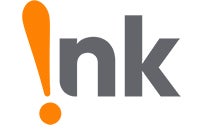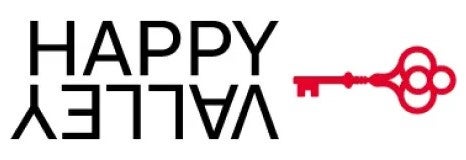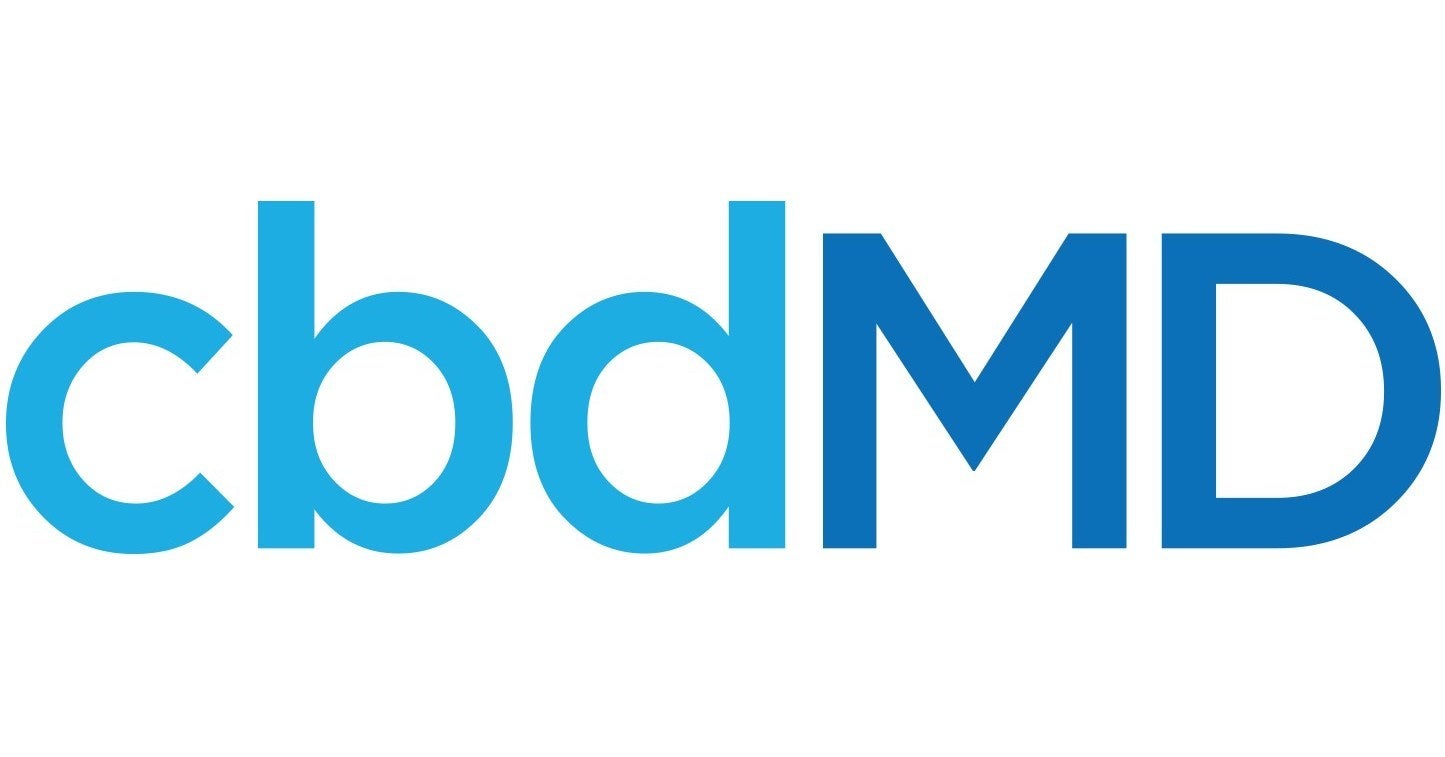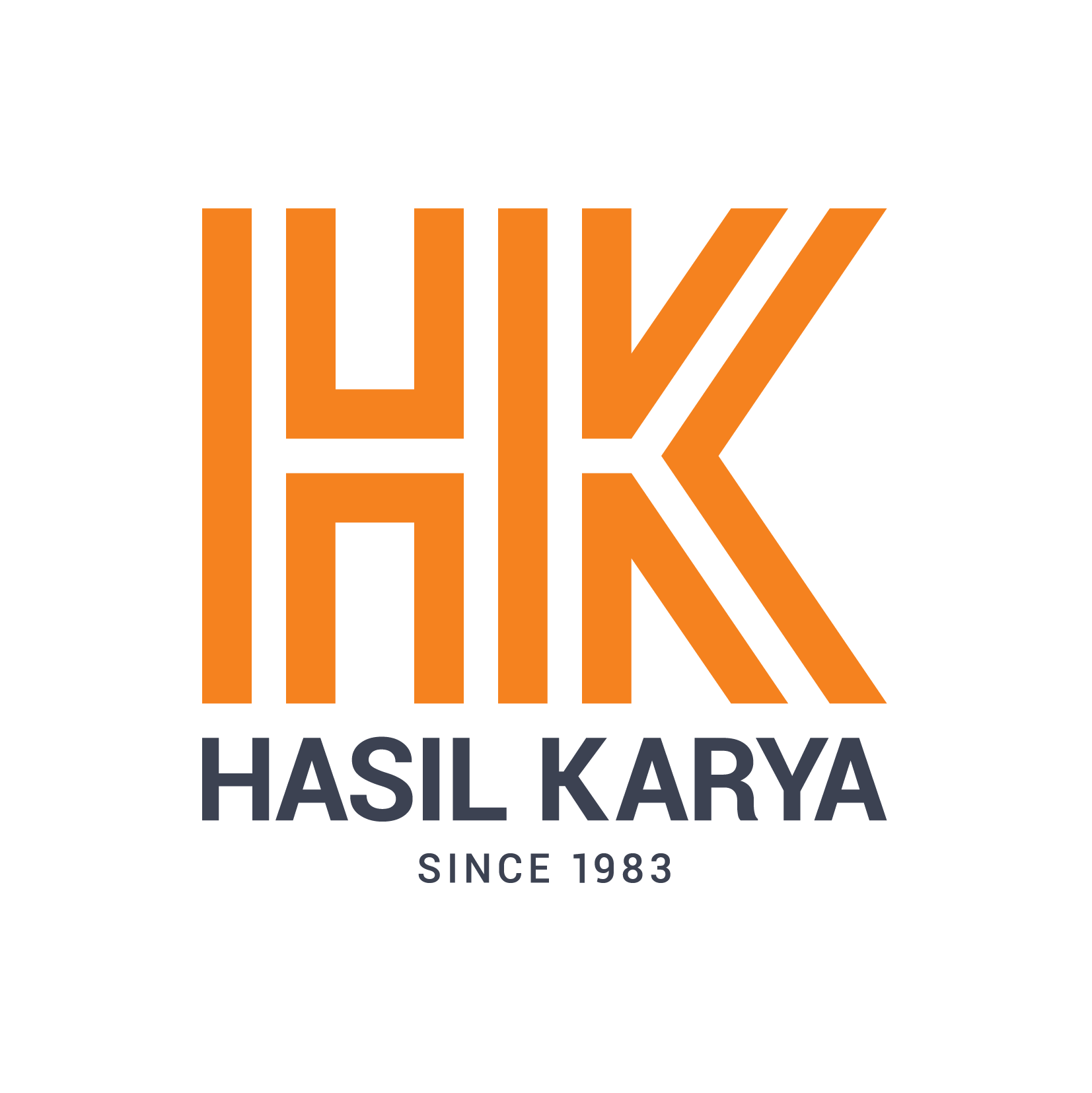Since 1988, Ink has been an industry leader in helping brands, groups, and events launch successful merchandising campaigns. The company produces some 10,000 T-shirts a day during its busy season for customers, including the Cotton Bowl, the Friendship of Christian Athletes, Mack’s Prairie Wings, and St. Jude Children’s Research Hospital, among others. Operating in a highly competitive industry, the company helps “create well-designed, retail-quality shirts that people actually want to wear.”
In the early days, CEO Holt Condren helped schools and university fraternities and sororities create custom T-shirts. Recognizing that eye-catching graphics were a big part of his success, he convinced now-business partner Scott Masters to create exclusive, cool designs, which garnered attention from large brands like Levi Strauss and others who signed on as customers.
“We don’t make T-shirts that end up in the bottom drawer, and you only wear mowing the lawn or washing the car,” says Caleb Harris, Senior Vice President Business Development. “These are T-shirts that achieve ‘top drawer’ status to be worn on a Friday night out. Our people employ themselves to create a shirt worthy of your brand. When you have a great brand, why would you settle for a lower quality T-shirt no one wants to wear, when, with expert guidance, great custom artwork, and quality screen-printing, you will end up with a quality product that people will rave about for years to come?”
Ink took a familiar route to find software tools to support the business as it grew when it came to efficiency. First, they looked for financial software made for the printing industry. When executives couldn’t locate an industry-specific system, they hired a development team to write a custom program for their unique screen-printing business.
Unfortunately, the custom-built software was limited, and so they implemented Everest, a business management software product that required custom programming to make it work the way they needed. When support ran out for the antiquated SQL server running Everest, they learned the custom programming would most likely break as they moved to new servers.
“We then toiled for over a year and a half and took a leap of faith with Cyrious’ Control, which we thought was industry specific,” says Harris. “We quickly learned that while it was convenient, it couldn’t scale.”
Early versions worked fine when the company ran just one or two presses and did 1,000 shirts a day. However, the system couldn’t keep up with the business’ ever-increasing online orders, or the additional 11 presses that swelled production to upwards of 10,000 shirts a day.
Siloed Applications Demand Duplicate Entries
Multiple daily orders, the logistics of running multiple presses a day, and Ink’s commitment to deliver orders on time require a vast amount of detailed precision and a high level of complexity. Ink leaned heavily on siloed applications, forcing the accounting team to enter data into multiple systems manually.
Cyrious’ Control software lacked budgeting, so Condren exported data to spreadsheets to analyze how the company was performing, a time-consuming and error-prone exercise. Control also lacked adequate inventory controls, which led to costly inventory adjustments from time to time, he says.
Eventually executives decided they needed a connected system, one that could handle print industry functions. For example, Ink needed a way to handle its artwork version and approval process more efficiently and with fewer errors. It also needed a way to capture and store specific screen-printing information, such as pressure, squeegee type, and how much ink was used in a design for accessibility of reorders.
 Canada (English)
Canada (English)
 Colombia
Colombia
 Caribbean and Puerto Rico
Caribbean and Puerto Rico
 Ecuador
Ecuador
 India
India
 Indonesia
Indonesia
 Ireland
Ireland
 Malaysia
Malaysia
 Mexico
Mexico
 Panama
Panama
 Peru
Peru
 Philippines
Philippines
 Singapore
Singapore
 South Africa
South Africa
 Sri Lanka
Sri Lanka
 Thailand
Thailand
 United Kingdom
United Kingdom
 United States
United States








